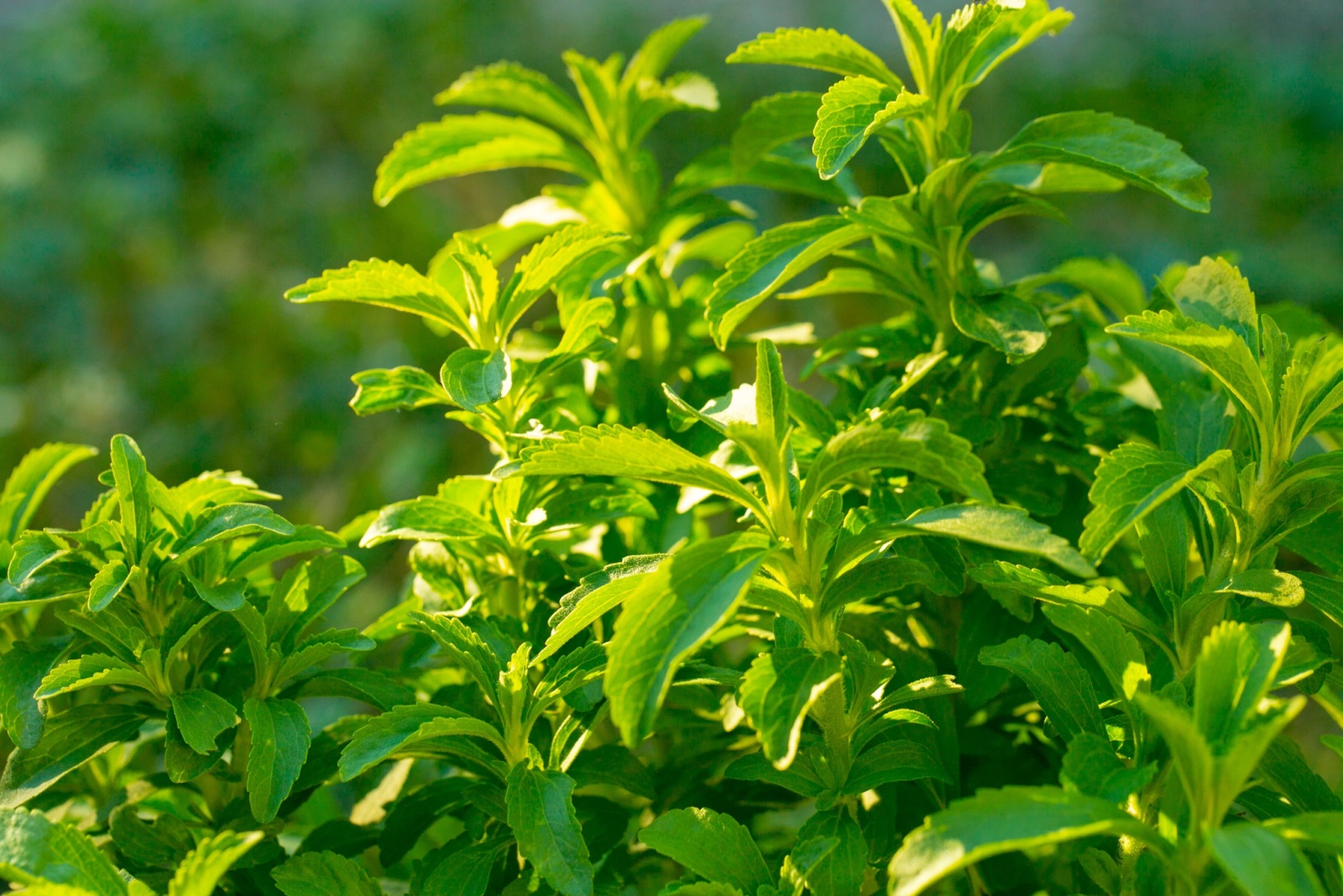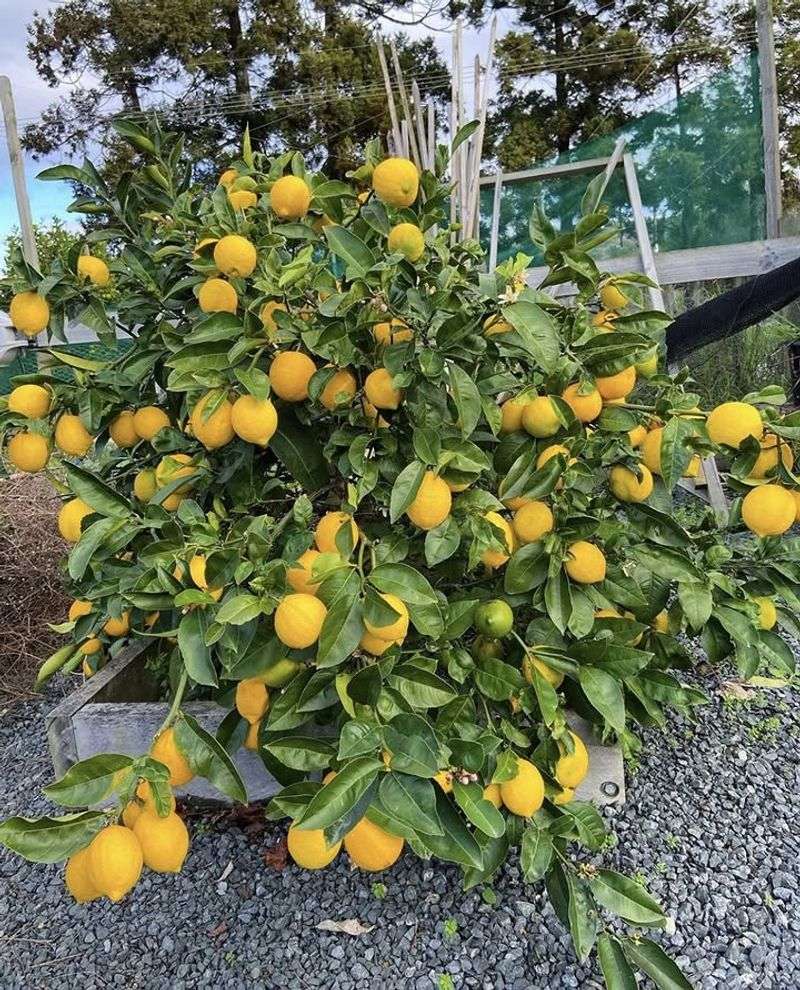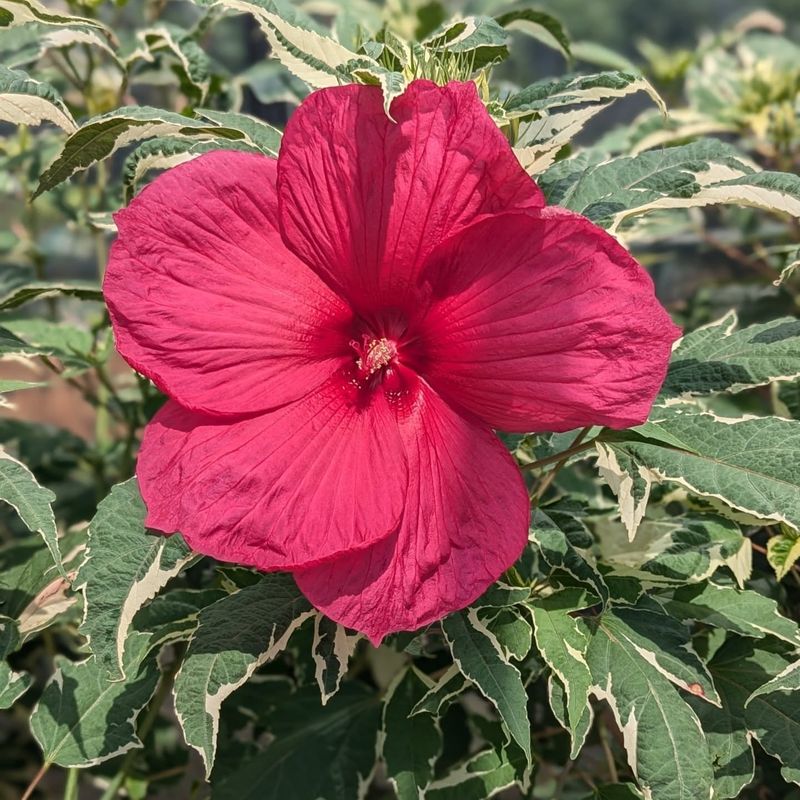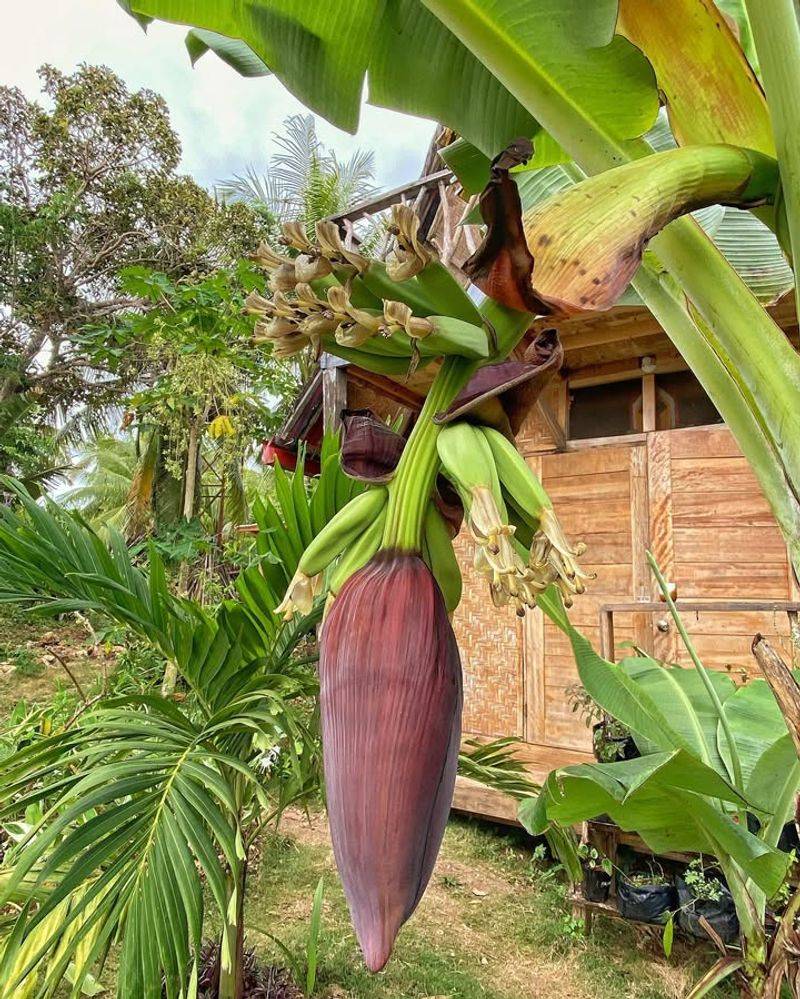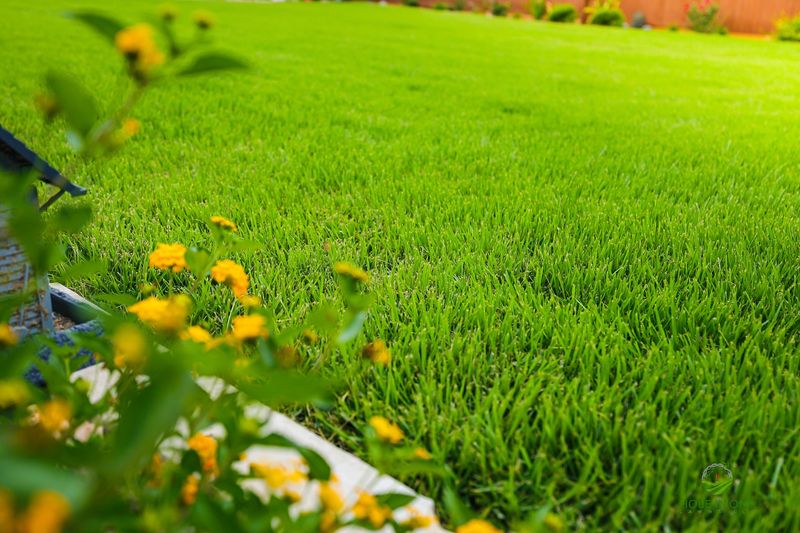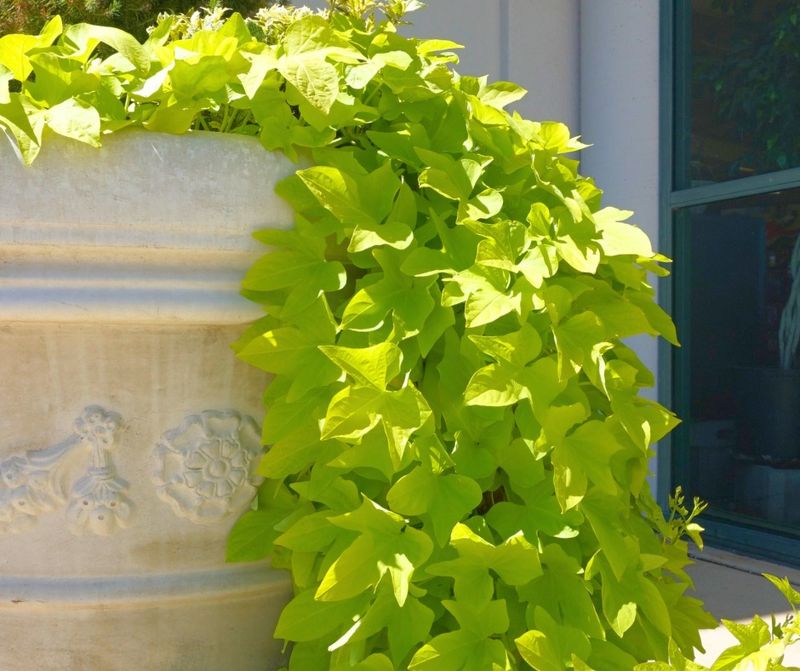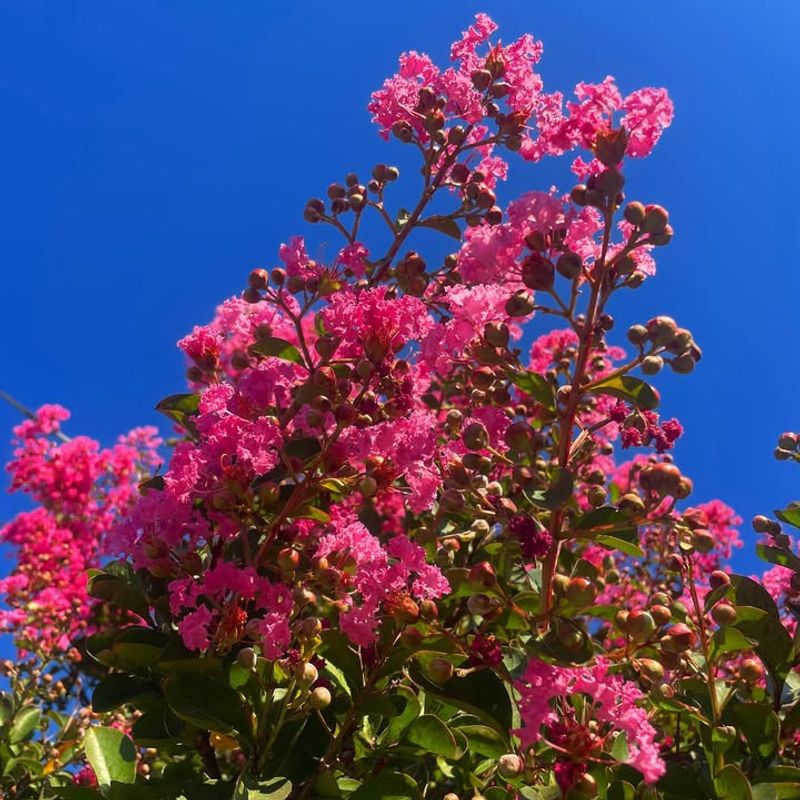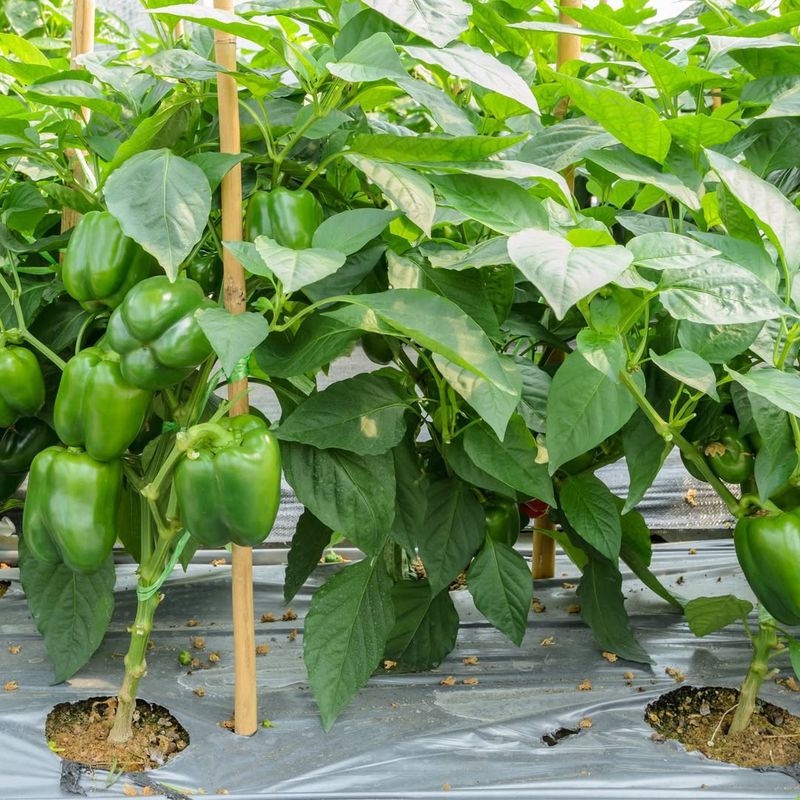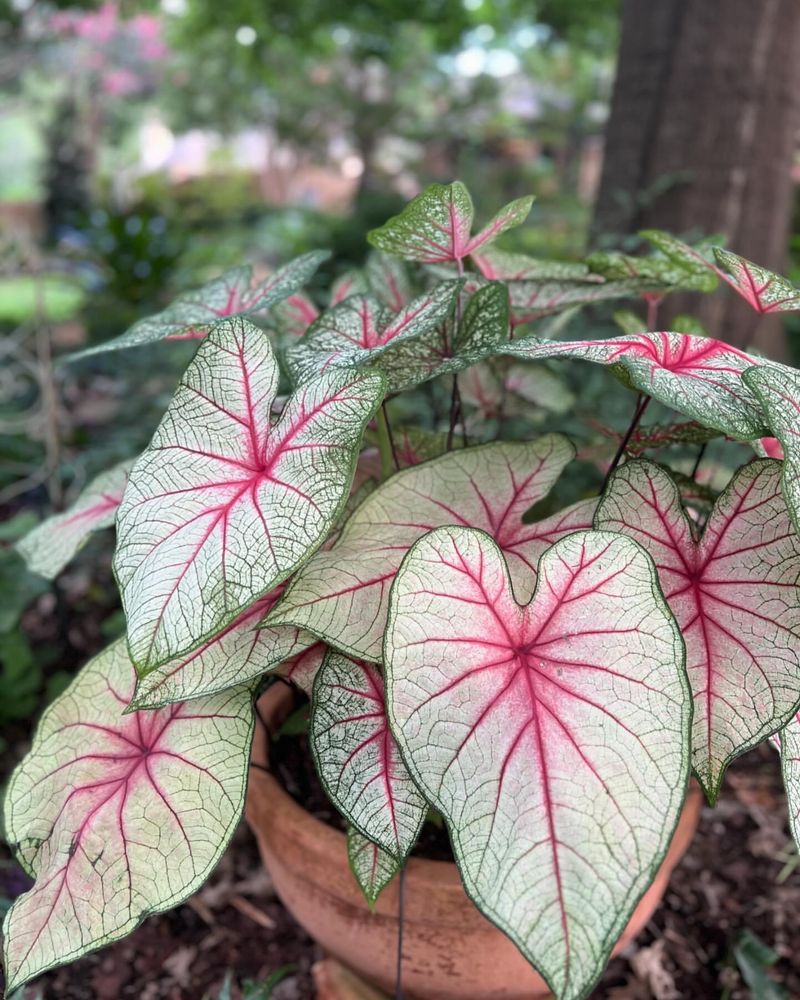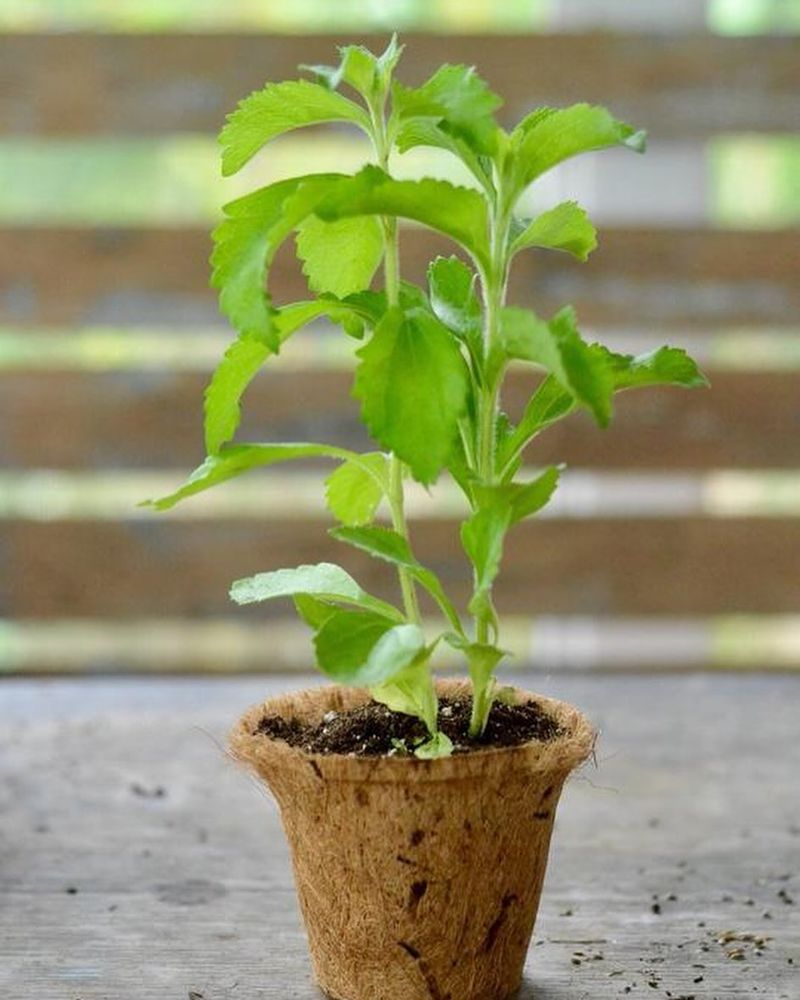Gardening in South Carolina comes with its own set of seasonal rules. Fall planting can set you up for spring success, but some plants simply won’t thrive when tucked into Palmetto State soil as temperatures drop.
Knowing which plants to avoid planting in autumn can save you time, money, and the heartbreak of watching your garden investments wither away.
1. Tomatoes
Dreaming of homegrown tomatoes for your holiday table? Unfortunately, South Carolina’s fall frosts spell disaster for these summer favorites. Tomato plants need warm soil and long, hot days to develop properly.
Even if young plants survive initial autumn planting, they’ll likely succumb to the first frost before producing any worthwhile harvest. Save your tomato dreams for spring planting when these sun-lovers can truly thrive in Carolina’s warmth.
2. Citrus Trees
Lemon, lime, and orange trees might seem tempting additions to your landscape, but fall planting in South Carolina courts disaster. Young citrus trees lack the established root systems needed to withstand even our relatively mild winter temperatures.
The combination of cool soil and potential frost creates stress these tropical beauties simply can’t handle. Hold off until spring when warming temperatures give these sensitive plants the gentle start they need to establish properly.
3. Perennial Hibiscus
The showstopping blooms of perennial hibiscus make them garden favorites, but planting them in South Carolina’s fall is a recipe for failure. These tropical-looking perennials establish poorly in cooling soil conditions.
Fall-planted hibiscus typically develop weak root systems that struggle to survive winter dormancy. Many won’t return in spring, leaving empty spots in your garden design. Patient gardeners who wait until warm spring soil returns will be rewarded with vigorous plants ready to dazzle by summer.
4. Banana Plants
Banana plants bring a touch of tropical paradise to South Carolina landscapes, but autumn planting invites trouble. These moisture-loving giants need established root systems to have any chance of surviving winter’s challenges.
Fall-planted bananas often rot in cool, damp soil before they can establish. Those that survive typically emerge weak and stunted the following year. Wait for reliably warm spring temperatures before adding these dramatic statement plants to your garden for best results.
5. Zoysia Grass
Zoysia might be a perfect lawn grass for South Carolina’s climate, but timing matters tremendously. Fall planting virtually guarantees disappointment as this warm-season grass establishes roots painfully slowly in cooling soil.
New zoysia plugs or sod placed in autumn will likely sit dormant until spring, creating extended periods of vulnerability to winter weeds and erosion. Smart homeowners plant zoysia in late spring through early summer when soil temperatures consistently reach above 70°F for rapid establishment.
6. Sweet Potato Vines
Ornamental sweet potato vines bring cascading color to containers and landscapes, but autumn planting in South Carolina wastes both money and effort. These tropical plants begin declining with the first hint of cool weather.
Fall-planted vines typically die back completely after frost, never establishing enough to return in spring. Save these showstoppers for spring planting when they can immediately begin their vigorous growth habit without facing temperature setbacks that stunt their potential.
7. Crape Myrtles
South Carolina landscapes showcase crape myrtles everywhere, but planting these flowering trees in fall invites unnecessary risk. Young specimens planted as temperatures drop often struggle with establishment before winter dormancy hits.
Root development essentially stops in cool soil, leaving new trees vulnerable to winter stresses and spring drought. For the spectacular summer show crape myrtles are famous for, plant them in spring when warming soil encourages rapid root establishment and stronger first-year growth.
8. Warm-Season Vegetables
Peppers, eggplants, and okra tempt gardeners year-round, but planting these warm-season vegetables in South Carolina’s fall leads to certain disappointment. These heat-loving crops simply can’t mature before frost arrives.
Even with protection, they struggle in shortened daylight hours and cooling soil temperatures. Channel your fall gardening energy into cool-season crops instead – broccoli, collards, and carrots thrive in autumn conditions while summer vegetables patiently wait for their spring comeback.
9. Caladiums
The heart-shaped, colorful foliage of caladiums brightens shady spots, but fall planting in South Carolina guarantees disappointment. These tropical tubers absolutely cannot tolerate cold soil or even mild frost.
Fall-planted caladiums typically rot before spring arrives. Even in coastal areas with milder winters, they rarely survive to produce the lush display they’re known for. Patient gardeners plant caladium tubers in late spring when soil has thoroughly warmed for spectacular summer shade gardens.
10. Tender Herbs
Basil, cilantro, and stevia might seem like good candidates for fall herb gardens, but these tender herbs struggle tremendously in South Carolina’s autumn conditions. Temperature fluctuations stress these sensitive plants, often causing premature flowering or outright death.
Instead of fighting nature’s cooling trend, focus on cold-hardy herbs like rosemary, thyme and sage for fall planting. Save the tender herbs for spring when rising temperatures support their natural growing season and reward you with abundant harvests.

